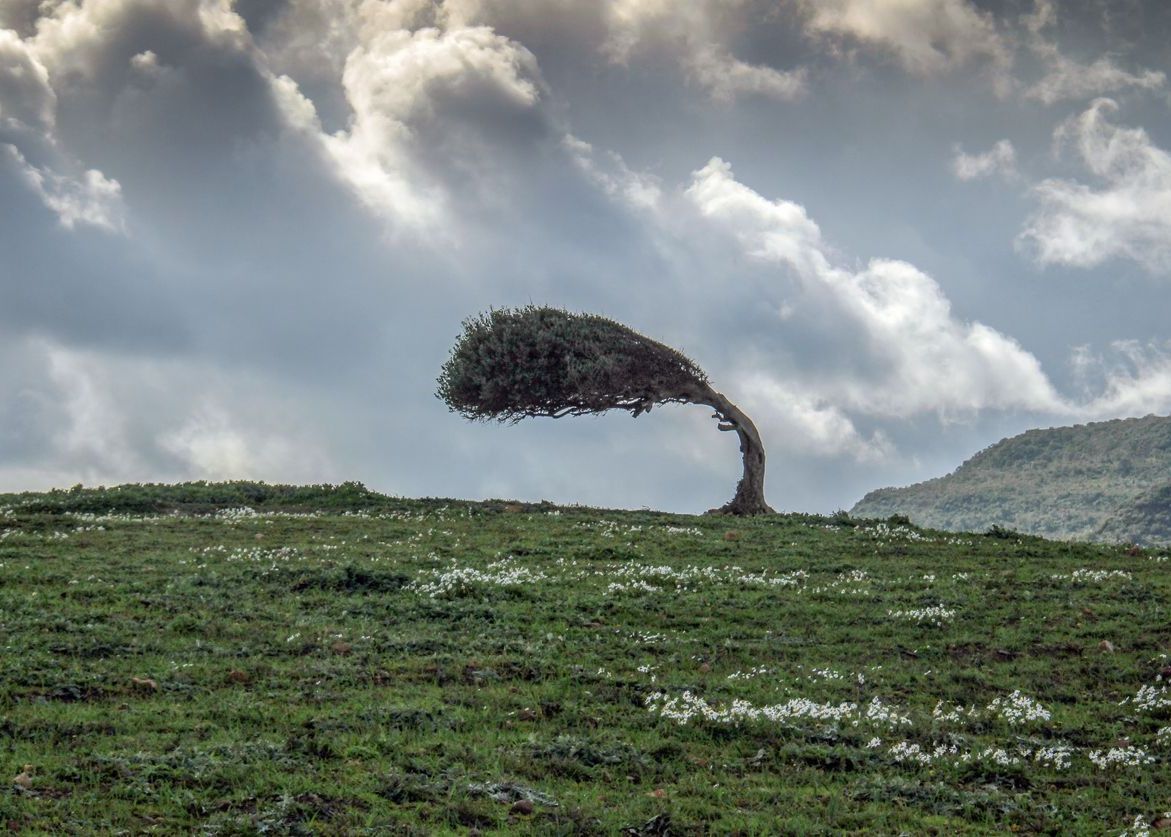- Startseite -
- Digital Bavaria -
- Blog #bytevaria - Bavaria's World Heritage Sites – a tour of discovery
Bavaria's World Heritage Sites – a tour of discovery
When you think of castles and palaces in Bavaria, Neuschwanstein is the first that springs to mind. King Ludwig's fairy tale castle is an impressive and popular attraction that is unlike anything else in the world. But Bavaria also has many other cultural highlights. We want to take you with us on a journey to the places UNESCO has named World Heritage Sites.
Architectural highlights
We begin our virtual tour at Würzburg Residence. The former seat of Würzburg's prince-bishops, this impressive Baroque building can more than stand up to comparisons with Versailles or Vienna's Schönbrunn Palace as one of the most significant residences of the late Baroque era. Just like in Versailles, the hall of mirrors in Würzburg is one of the most impressive rooms in the palace. Würzburg Residence is also a film star in its own right, having been used as the location for the swashbuckling 2011 adventure “The Four Musketeers”, starring Christoph Waltz as the cunning Cardinal Richelieu.
The next highlight on our list is Bamberg's old town.It was added to the UNESCO list because so many of its historic structures remain to this day; more than 1,000 buildings in Bamberg are monument protected. And that's not all... Bamberg's city library is also home to two treasures that have been named on the UNESCO World Document Heritage list – the Lorsch Pharmacopoeia and the Reichenau Pericopes books.
Another city centre that has made it onto the UNESCO list is Regensburg, Germany's best preserved medieval city. The city suffered little damage during the Second World War, so visitors can still enjoy the largest continuous group of Gothic and Romanesque architecture.
The tour continues to the Pilgrimage Church of Wies in Pfaffenwinkel. The name Pfaffenwinkel (pastor corner) is no coincidence – barely any other place in Germany has such a high concentration of monasteries and churches. The Church of Wies grew up as a place of pilgrimage when a farmer's wife believed that she had seen the statue of the Scourged Saviour crying real tears. After being named a UNESCO World Heritage Site, the impressive Rococo church was comprehensively renovated and is now back to its original magnificence.
In 2012, the Margravial Opera House in Bayreuth joined this select group. The impressive opera house in Italian late Baroque style is one of the few 18th Century opera houses in Europe to have been preserved in its original form. The only thing missing is the original curtain from the stage, which was taken by Napoleonic troops on their expedition to Russia. Incidentally, the opera house was one of the reasons why Richard Wagner chose Bayreuth as the permanent location for his performances, although he ultimately chose to build a new Festival Theatre.
A journey through history
Our next stop can look back at a much longer history. Together with Hadrian's Wall in the United Kingdom, Upper Germanic- and Raetian Limes form the truly international World Heritage Site “Frontiers of the Roman Empire”. Stretching to an incredible 550 kilometres, it is Europe's longest ground monument and runs through several German states.
Even older than that are the prehistoric pile dwellings around the Alps, which date back to the fifth century BC. The UNESCO attributes a total of 111 finds to this World Heritage Site, spread across Switzerland, Germany, Austria, Italy, France and Slovenia. Three of the pile dwellings are in Bavaria, to the south of Augsburg and in the Lake Starnberg. It is the stories they can tell us about the Stone Age that make these finds so significant. For example, researchers here discovered the oldest textiles and the oldest wheel finds from the period around 3000 BC.
So there is a lot to discover in Bavaria apart from Neuschwanstein. Who knows, perhaps the famous fairy tale castle will soon be added to our list. Efforts to have it recognised as a World Heritage Site have been going on for several years already.

Our ABCs of Funding: Find the most important information about funding!

How Companies are Mastering Today’s Challenges with Resilience


![[Translate to English:] [Translate to English:]](https://ik.imagekit.io/sgliwi1izsz/_processed_/a/c/csm_Invest_In_Bavaria6876_70d553b443.jpg?tr=w-1024 1024w, https://ik.imagekit.io/sgliwi1izsz/_processed_/a/c/csm_Invest_In_Bavaria6876_70d553b443.jpg?tr=w-1280 1280w, https://ik.imagekit.io/sgliwi1izsz/_processed_/a/c/csm_Invest_In_Bavaria6876_70d553b443.jpg?tr=w-1536 1536w, https://ik.imagekit.io/sgliwi1izsz/_processed_/a/c/csm_Invest_In_Bavaria6876_70d553b443.jpg?tr=w-1920 1920w)